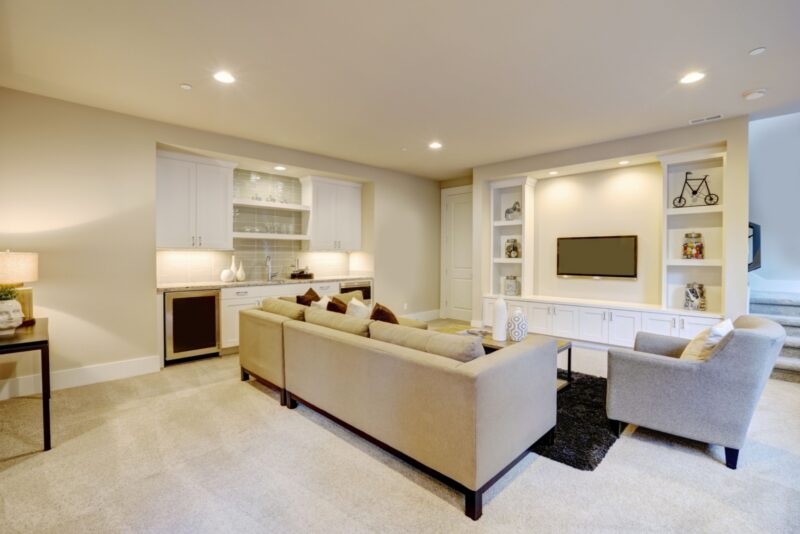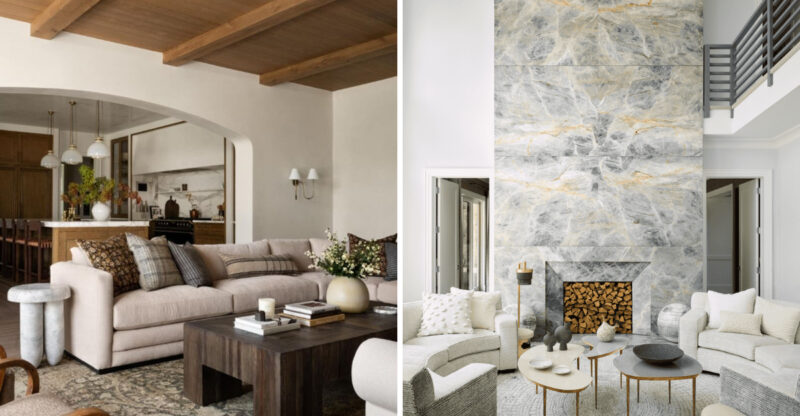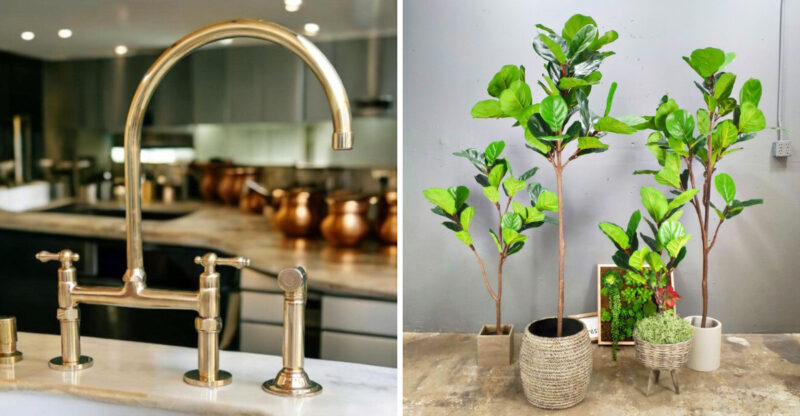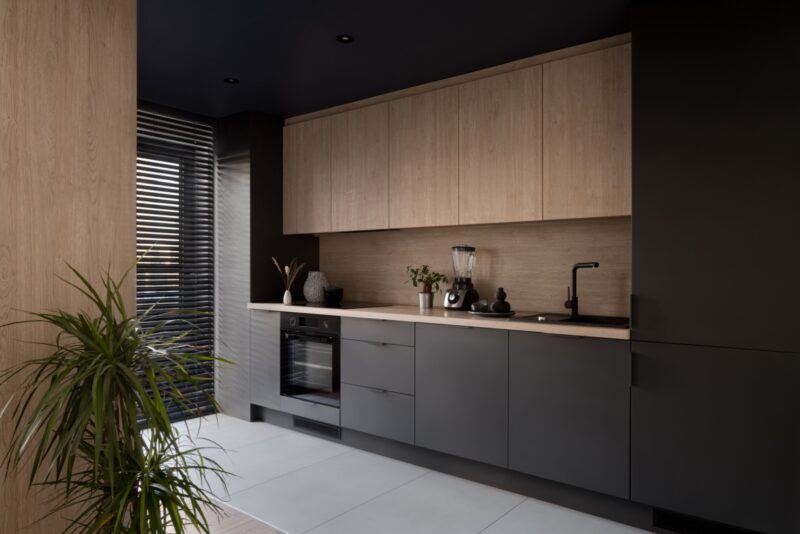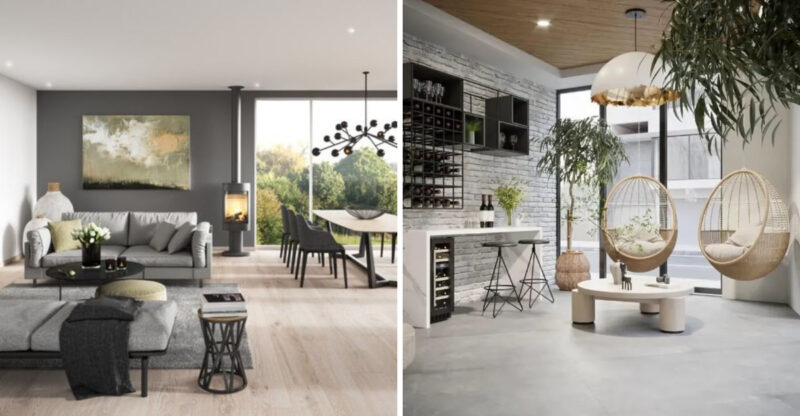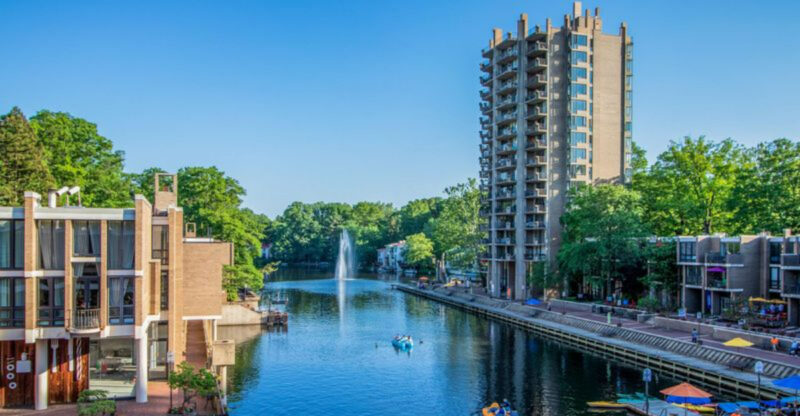5 California Property Types Worth Watching Now And 8 Investors Should Be Cautious Of By The End Of 2025
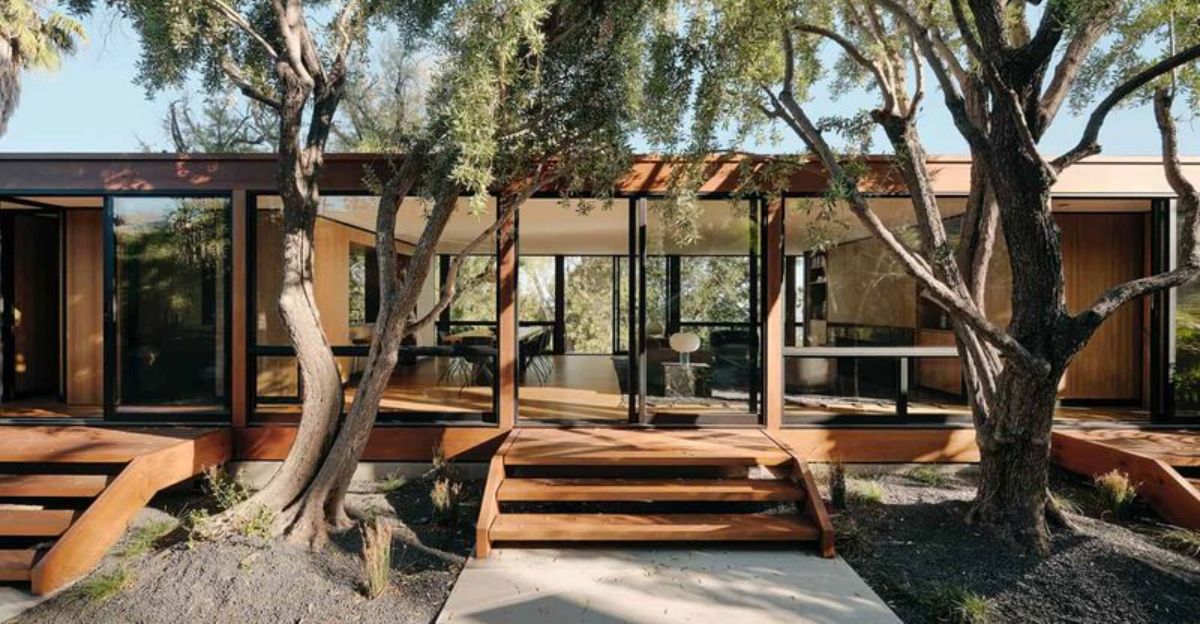
The real estate market is shifting fast, driven by changing lifestyles, design preferences, and how people actually use their spaces. From flexible layouts to sustainable features, the types of homes gaining attention in California reveal what buyers and renovators truly value now.
Some properties offer the perfect canvas for stylish upgrades – others come with hidden costs and outdated appeal. If you’re planning your next project or investment, knowing which property types are rising – and which ones to approach with caution – can make all the difference.
1. Newly Built Townhomes With Flexible Layouts
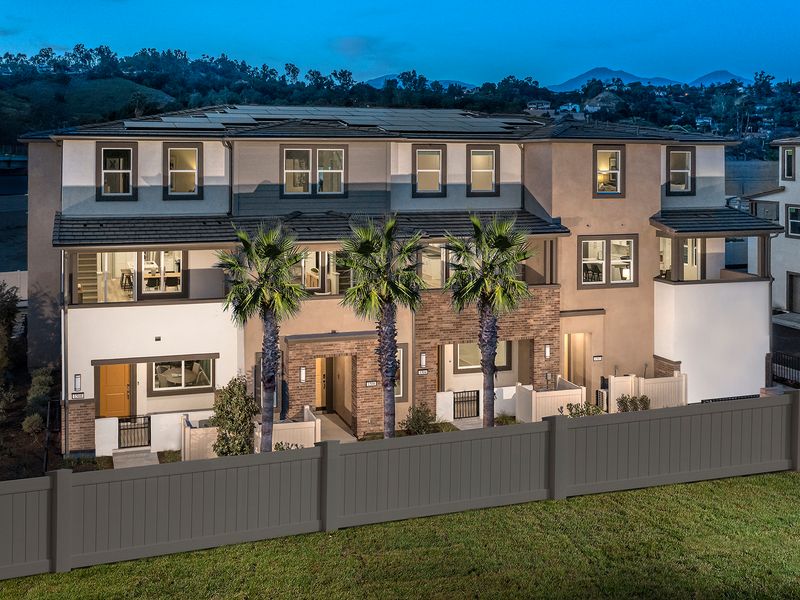
Modern townhomes featuring adaptable spaces have captured buyer attention across California’s urban centers. These properties offer the perfect balance between single-family living and lower maintenance responsibilities.
Many include convertible rooms that transform from home offices to guest bedrooms in minutes. The flexibility appeals particularly to remote workers and growing families seeking affordable alternatives to traditional houses.
2. Suburban ADUs (Accessory Dwelling Units)
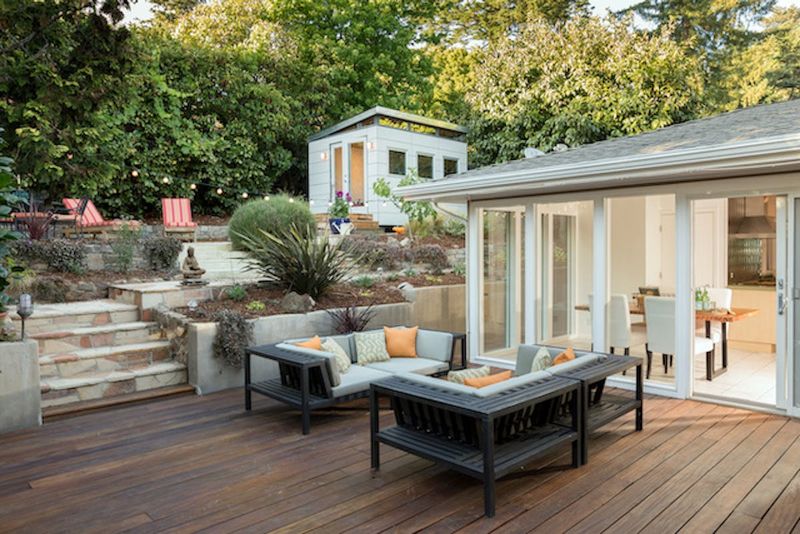
Backyard cottages and garage conversions represent California’s answer to the housing shortage. Recent legislation has made these income-generating additions easier to build, creating instant appeal for homeowners and investors alike.
Rental income from ADUs can offset mortgage costs while providing affordable housing options. Their compact size typically means lower construction costs and maintenance requirements compared to traditional investment properties.
3. Mixed-Use Spaces With Live/Work Functionality
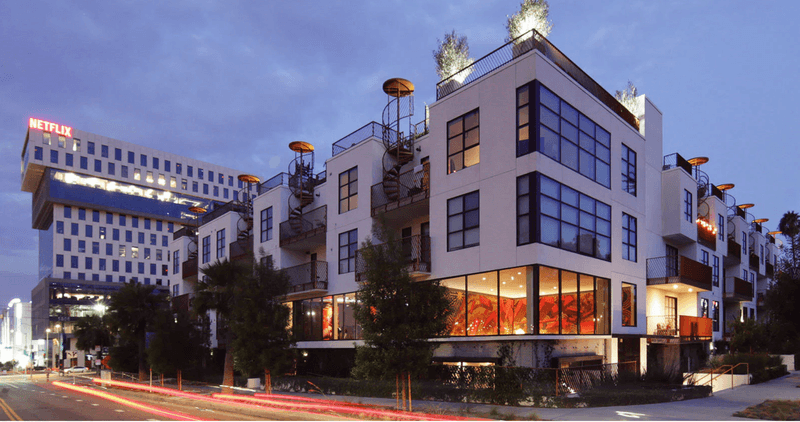
Properties combining residential and commercial purposes have gained tremendous traction post-pandemic. Forward-thinking developers are creating buildings where entrepreneurs can operate businesses downstairs while living upstairs.
Zoning changes in many California municipalities now encourage this hybrid model. The arrangement eliminates commutes while providing business owners complete control over their work environment – an increasingly valuable proposition as remote work becomes permanently established.
4. Renovated Mid-Century Modern Homes

Palm Springs isn’t the only place where these architectural gems command premium prices. Throughout California, thoughtfully updated mid-century properties with preserved character elements attract passionate buyers willing to pay top dollar.
Clean lines, indoor-outdoor flow, and distinctive design features characterize these homes. Their timeless appeal transcends trends, making them relatively recession-resistant compared to properties with more contemporary styling that may quickly feel dated.
5. Eco-Friendly Homes With Passive Design Features
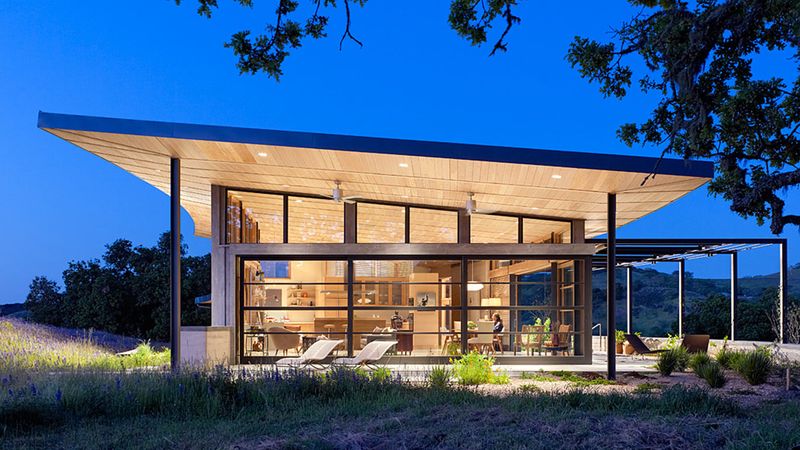
Sustainability meets savings in these forward-thinking residences engineered to minimize energy consumption. Strategic orientation, superior insulation, and natural ventilation systems reduce utility bills while appealing to environmentally conscious buyers.
California’s climate makes these homes particularly effective at maintaining comfortable temperatures year-round. As energy costs continue rising and environmental concerns grow, these properties typically command higher resale values and attract motivated buyers.
6. Overly Themed Luxury Condos With Dated Finishes
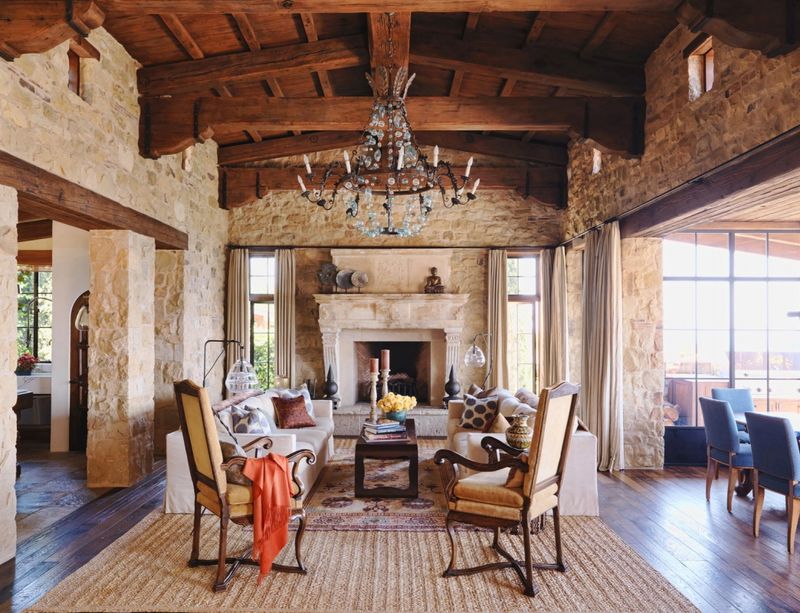
Luxury units featuring heavy Mediterranean or Tuscan styling face declining buyer interest as tastes evolve. Ornate moldings, dark wood, and elaborate stonework that once signaled opulence now read as maintenance headaches.
Renovation costs for these properties often exceed their potential value increase. Younger buyers typically prefer cleaner aesthetics, making these units increasingly difficult to sell without significant updates that eliminate their defining characteristics.
7. Multi-Level Homes With Poor Natural Light
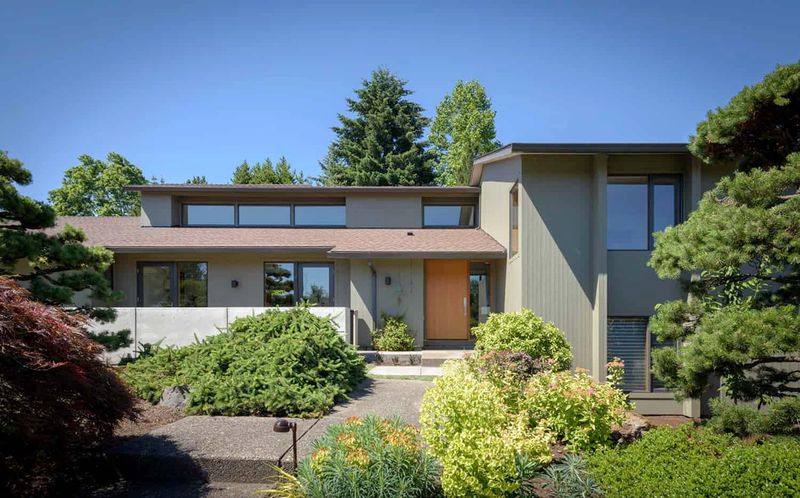
Shadowy interiors represent a significant drawback in California’s sunshine-centric culture. Properties with small windows, poor orientation, or blocked light sources increasingly struggle to maintain value as buyers prioritize brightness and views.
Artificial lighting can’t compensate for natural illumination’s psychological benefits. Post-pandemic buyers particularly scrutinize lighting conditions, having spent extended periods indoors and recognizing how crucial natural light is for wellbeing.
8. Vintage Homes Untouched Since The ’70s
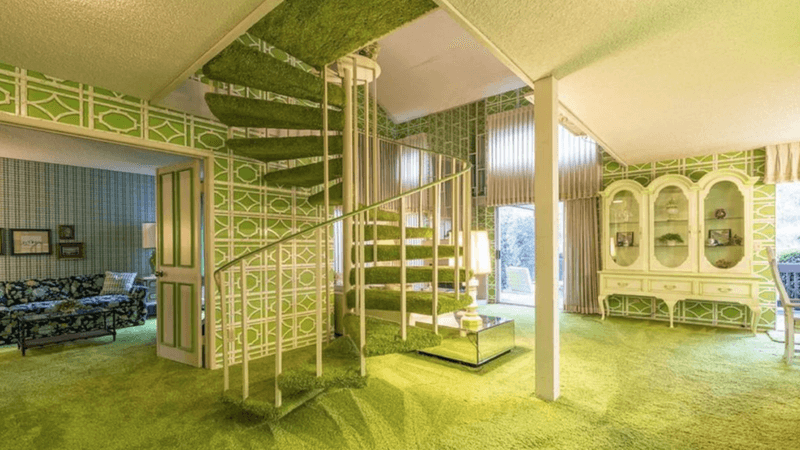
Avocado-colored appliances and shag carpeting might evoke nostalgia, but they spell renovation nightmares for most buyers. Untouched properties from this era typically hide deeper issues beyond cosmetic concerns – outdated electrical systems, inefficient plumbing, and inadequate insulation.
Material and labor costs for comprehensive updates have skyrocketed, making these properties increasingly risky investments. What might seem like a bargain often becomes a budget-busting project once hidden problems emerge.
9. Converted Garages With Questionable Flow
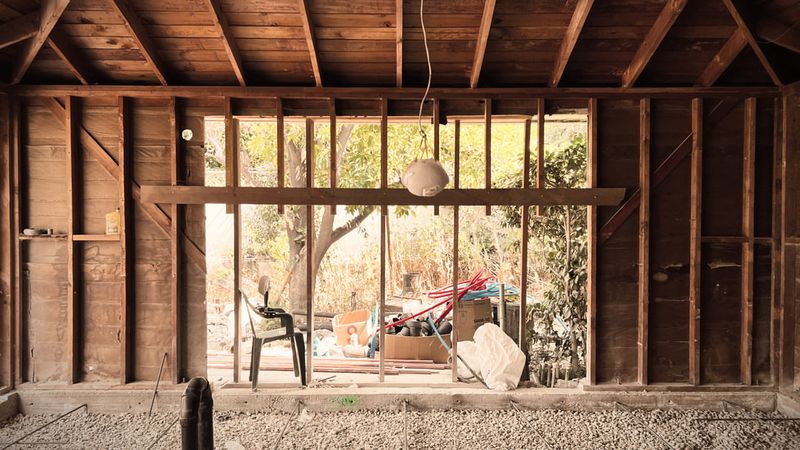
Hastily transformed spaces created to capitalize on California’s housing shortage often present awkward layouts and compliance issues. Telltale signs include unusual room proportions, limited natural light, and challenging access points.
Building code violations frequently plague these conversions, potentially leading to costly remediation requirements. Financing can prove difficult as lenders scrutinize non-permitted improvements, limiting the buyer pool and future resale potential.
10. Open-Concept Homes With No Privacy Options
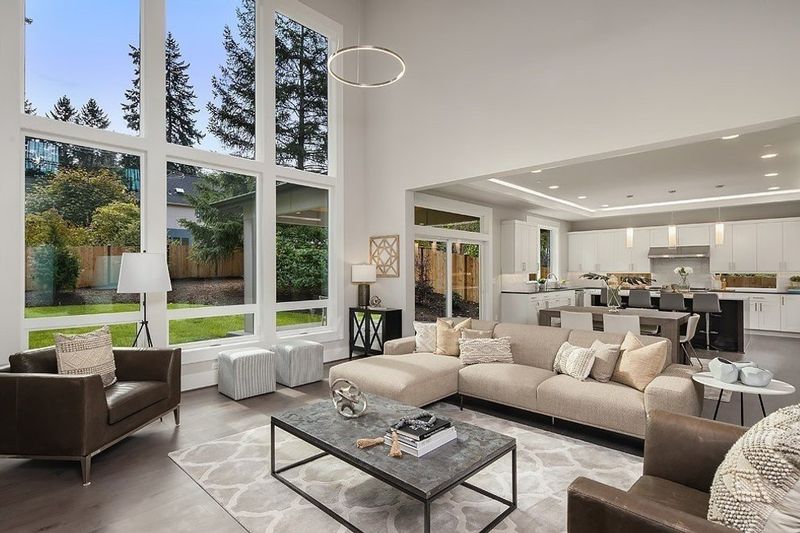
Cavernous spaces without defined areas have lost their universal appeal post-pandemic. Families now crave separation between work, school, and relaxation zones after experiencing the challenges of sharing completely open environments.
Retrofitting walls and doors into these designs often proves surprisingly expensive. Structural considerations, HVAC modifications, and electrical rerouting can turn seemingly simple updates into major renovation projects that rarely recover their costs.
11. Properties With Dark, Heavy Interiors That Resist Updating

Somber color schemes paired with bulky built-ins create spaces that feel perpetually outdated despite renovation attempts. Massive stone fireplaces, dark-stained wood paneling, and low ceilings characterize these challenging properties.
Transformation costs typically exceed what the market will bear in return. Even with significant investment, these homes often retain a heaviness that conflicts with California’s indoor-outdoor lifestyle ethos, limiting their appeal to a shrinking buyer segment.
12. High-Maintenance Historic Homes In Restrictive Districts
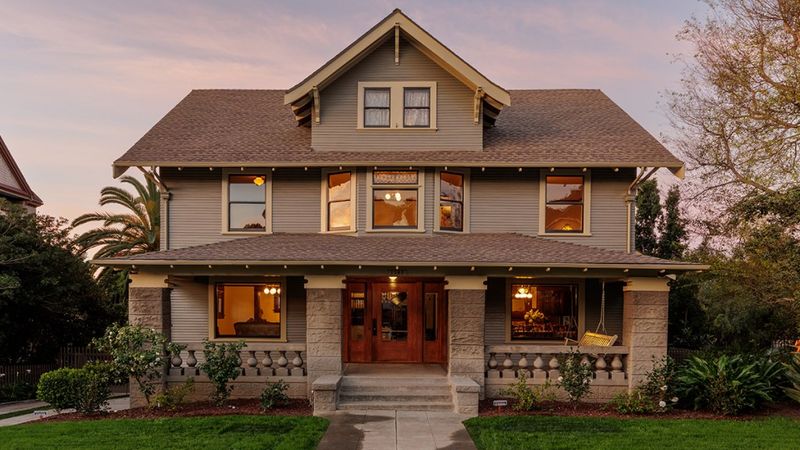
Character-filled properties bound by strict preservation guidelines present unique investment challenges. Repair costs escalate dramatically when historically accurate materials and techniques must be employed for even minor updates.
Approval processes for modifications can stretch for months or years. While these homes offer undeniable charm, their ownership costs continue rising disproportionately to market appreciation, creating negative cash flow situations that increasingly deter investors.
13. Generic Builder-Grade Developments With Little Character
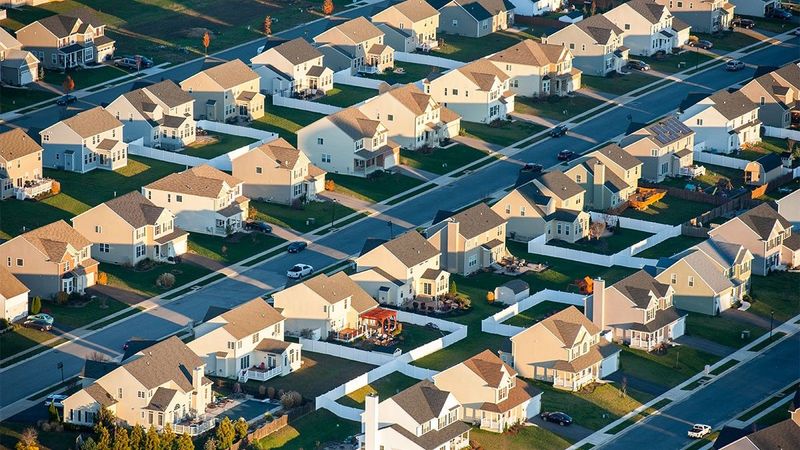
Cookie-cutter communities featuring nearly identical homes face growing market resistance. Bland designs with minimal architectural interest and basic finishes struggle to stand out in increasingly competitive resale situations.
Personalization costs often exceed the potential value increase these properties can support. As construction quality issues emerge over time, these developments frequently experience faster depreciation compared to homes with distinctive character and higher-quality materials.

